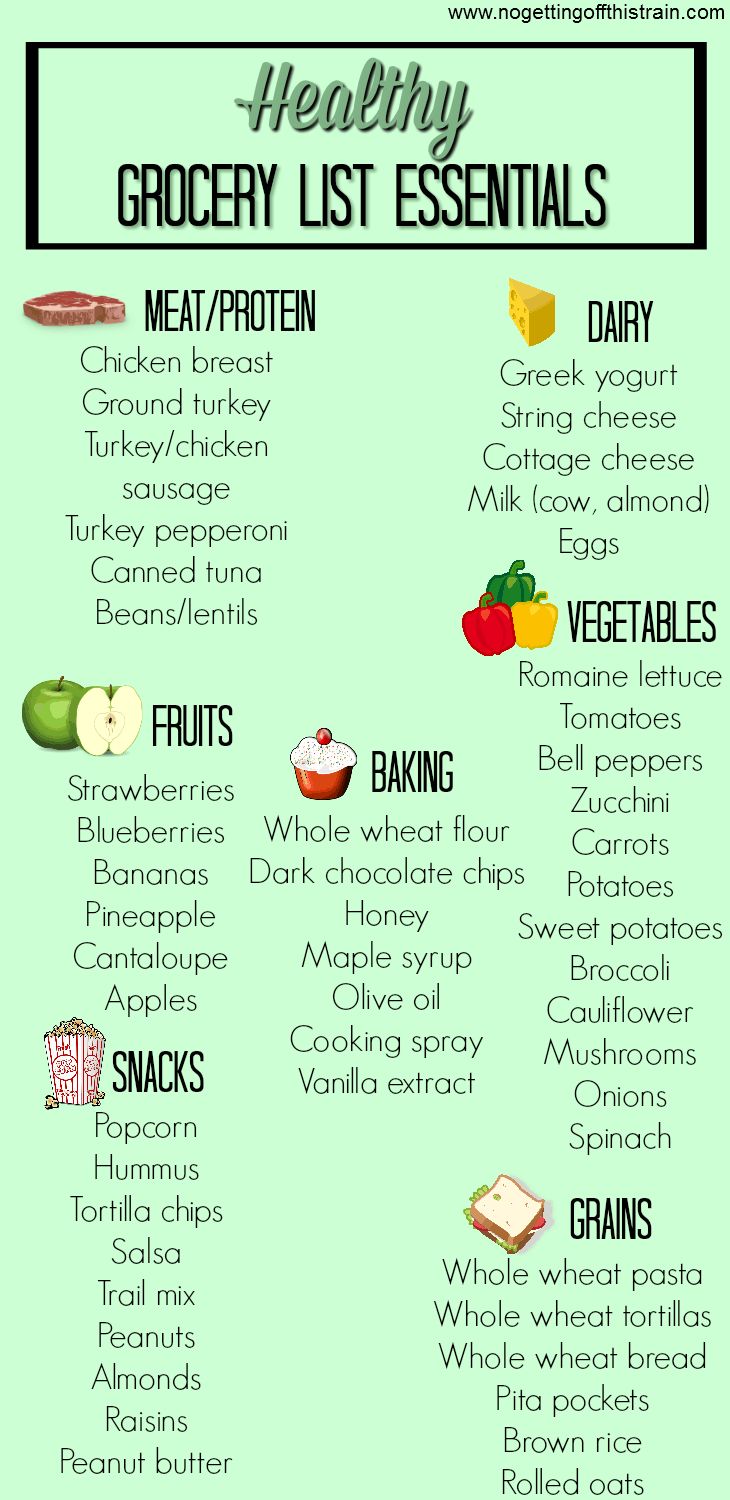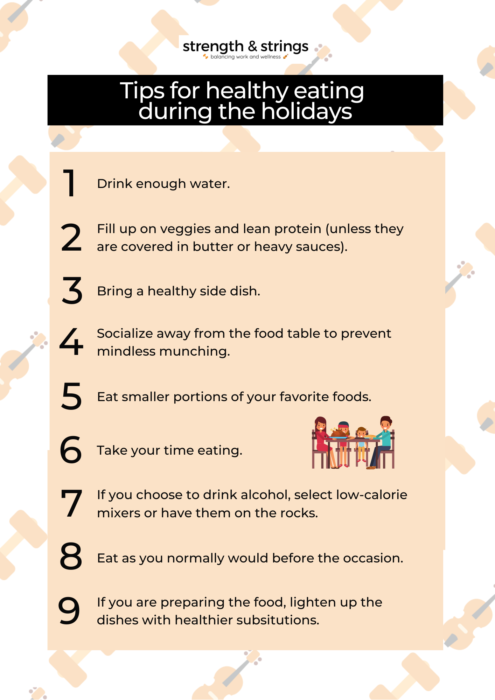
According to research, exercising can help reduce or prevent many chronic diseases. Studies have shown that those who do moderate exercise are less likely than others to develop certain types or cancers. Regular exercise is associated with a lower risk of developing cardiovascular disease and diabetes. People who exercise regularly have lower symptoms, which can help to prevent the development of these diseases.
Exercise has many benefits. It has been proven to improve the memory and concentration, reduce the risk of depression and insomnia, prevent heart disease, lower cholesterol levels and blood pressure, promote bone health, and enhance the immune system. It is also an excellent anti-inflammatory agent because it increases WBCs. This may help prevent various ailments. The evidence for exercising as a treatment of chronic diseases is growing because of the numerous benefits it offers.

The benefits of exercise are transdiagnostic, which means that they may differ according to the symptom you experience. Exercise can help improve sleep quality, mood, stress relief, and anxiety. Exercise is an excellent way to lower your chances of getting heart disease, diabetes, or stroke. You can prevent these diseases by exercising. It is also an effective way to maintain your health and weight.
According to the Mayo Clinic in the U.S., 29 million people have diabetes. Most people with diabetes are unaware of the condition and many have never been diagnosed. Study of heart attack victims showed a 20-25% reduction in mortality relative to those who were not part of the study. Other studies found even greater reductions. Studies from the past were reviewed in large numbers and concluded that exercise rehabilitation made it more likely for people to survive heart attacks.
Regular exercise can have many health benefits. It can improve the quality of life and reduce the risk of many diseases, including type 2 diabetes, cardiovascular disease, and several types of cancer. It can also lower the risk of other health problems, including anxiety, dementia and depression. These are just some of the many health benefits that exercise can bring. It is important that you are active and prevent chronic diseases. Exercising offers many benefits.

Regular exercise is linked to lower chances of developing chronic illnesses such as diabetes and heart disease. It can also lower the likelihood of high blood pressure and other complications. It can also improve your overall health. Studies on heart failure have shown that high levels of physical activity can help prevent strokes. Your risk of developing cardiovascular diseases is reduced when you get more active. If you're overweight, exercise will help you lose excess weight.
FAQ
How do you get enough vitamins?
Your diet can provide most of your daily requirements. However, if you are deficient in any particular vitamin, taking supplements can help. Multivitamin supplements can be taken that contain all the vitamins you need. Or you can buy individual vitamins from your local drugstore.
Talk to your doctor about the best foods for vitamins if you're concerned about not getting enough nutrients. You can find vitamins K and E in dark green leafy vegetable such as spinach, kale and turnip leaves, as well a variety of sweet potatoes and sweet potatoes.
Ask your doctor if you're not sure how many vitamins you should take. The doctor will determine the proper dosage based upon your medical history as well as your current health.
What is the difference between sugar and fat?
Fat can be a source of energy that is obtained from food. Sugar is a sweetener found in fruits, vegetables, and other foods. Both fats and sugars provide the same number of calories. Fats have twice the calories of sugars, however.
Fats are stored within the body and can contribute to obesity. They can cause cholesterol buildup, which can lead you to heart attacks and strokes.
Sugars are quickly absorbed into the body and provide instant fuel. This causes blood glucose to rise. High blood sugar levels can cause type II diabetes.
What is the best way to eat?
Your age, gender, body type, and lifestyle choices will all impact the best diet. Consider how much energy and low-calorie foods you consume, as well as whether or not you are a fan of fruits and vegetables.
Intermittent Fasting is an alternative to traditional fasting if you are looking to lose weight. Intermittent fasting involves consuming only specific meals throughout the day, rather than having three large meals. This might be better for you than traditional diets, which have daily calorie counts.
Some studies suggest that intermittent fasting may improve insulin sensitivity and reduce inflammation, which can lead to improved blood sugar levels and reduced risk of diabetes. Research also shows that intermittent fasting may increase fat loss and improve overall physique.
How can you tell what is good?
You have to listen to what your body says. Your body is the best judge of how much exercise, food and rest you should get. You need to be aware of your body and not overdo it. Take care of your body and make sure that you're staying healthy.
Statistics
- According to the Physical Activity Guidelines for Americans, we should strive for at least 150 minutes of moderate intensity activity each week (54Trusted Source Smoking, harmful use of drugs, and alcohol abuse can all seriously negatively affect your health. (healthline.com)
- WHO recommends reducing saturated fats to less than 10% of total energy intake; reducing trans-fats to less than 1% of total energy intake; and replacing both saturated fats and trans-fats to unsaturated fats. (who.int)
- This article received 11 testimonials and 86% of readers who voted found it helpful, earning it our reader-approved status. (wikihow.com)
- Extra virgin olive oil may benefit heart health, as people who consume it have a lower risk for dying from heart attacks and strokes according to some evidence (57Trusted Source (healthline.com)
External Links
How To
What does the word "vitamin" mean?
Vitamins are organic compounds found naturally in food. Vitamins allow us to absorb nutrients from food. Vitamins cannot be made by the body; they must be taken from food.
There are two types vitamins: water soluble or fat soluble. Water-soluble vitamins dissolve quickly in water. You can find vitamin C,B1 or thiamine, B2 or riboflavin and B3 or niacin, B3/niacin, B6/pyridoxine, folic Acid, biotin and pantothenic Acid as examples. The liver and fat soluble vitamins are stored within the liver and in fatty tissue. Examples include vitamin D, E, K, A, and beta carotene.
Vitamins can be classified according to biological activity. There are eight major categories of vitamins.
-
A – Essential for normal growth, and the maintenance of good health.
-
C - essential for nerve function and energy generation.
-
D - necessary for healthy bones and teeth.
-
E is necessary for good vision, reproduction.
-
K - essential for healthy muscles, nerves, and bones.
-
P – vital for building strong bones.
-
Q - Aids in digestion and absorption.
-
R - Required for red blood cell production
The recommended daily allowance (RDA) of vitamins varies depending on age, gender, and physical condition. The U.S. Food and Drug Administration, (FDA), sets the RDA value.
For example, the RDA for vitamin A is 400 micrograms per dayfor adults 19 years or older. Because it is essential for the development of the fetus, pregnant women should consume 600 micrograms per daily. Children ages 1-8 require 900 micrograms per day. Babies under one-year old require 700 mg per day. Between 9 and 12 years of age, however, this drops to 500 mg per day.
Children between the ages of 1-18 need 800 micrograms per daily for obesity, while children overweight require 1000 micrograms. Children underweight or obese will need 1200 mg per day.
Children aged 4-8 years old who have been diagnosed as having anemia require 2200 micrograms of vitamin C per day.
2000 micrograms are required daily for good health in adults over 50. Due to their increased nutrient needs, pregnant and breastfeeding women need 3000 micrograms daily.
1500 micrograms are required daily by adults over 70 because they lose approximately 10% of their muscle each decade.
Women who are pregnant and lactating need more nutrients than the RDA. Pregnant and breastfeeding women require 4000 micrograms each day during pregnancy and 2500 Micrograms each day after delivery. Breastfeeding mothers need 5000 micrograms per day when breast milk is being produced.